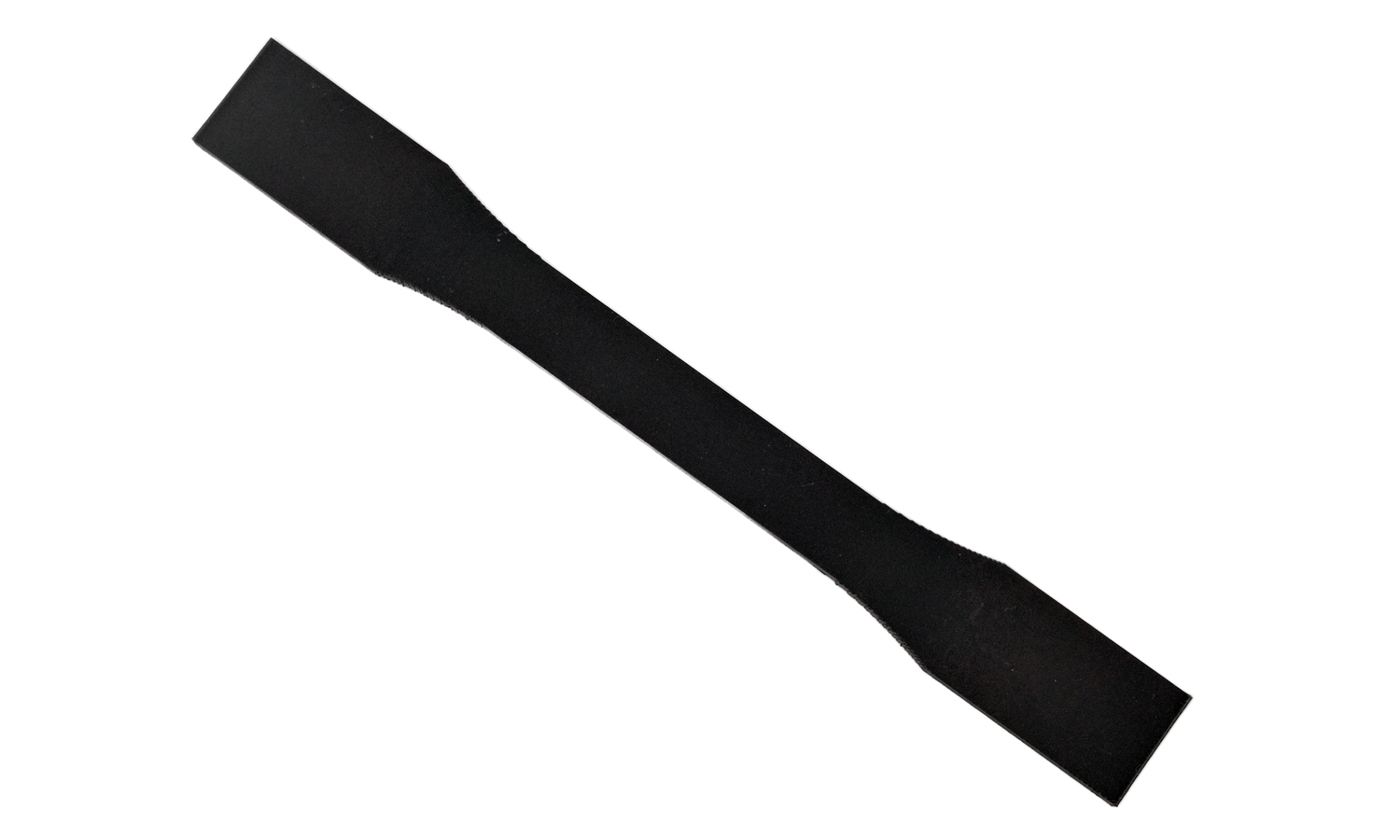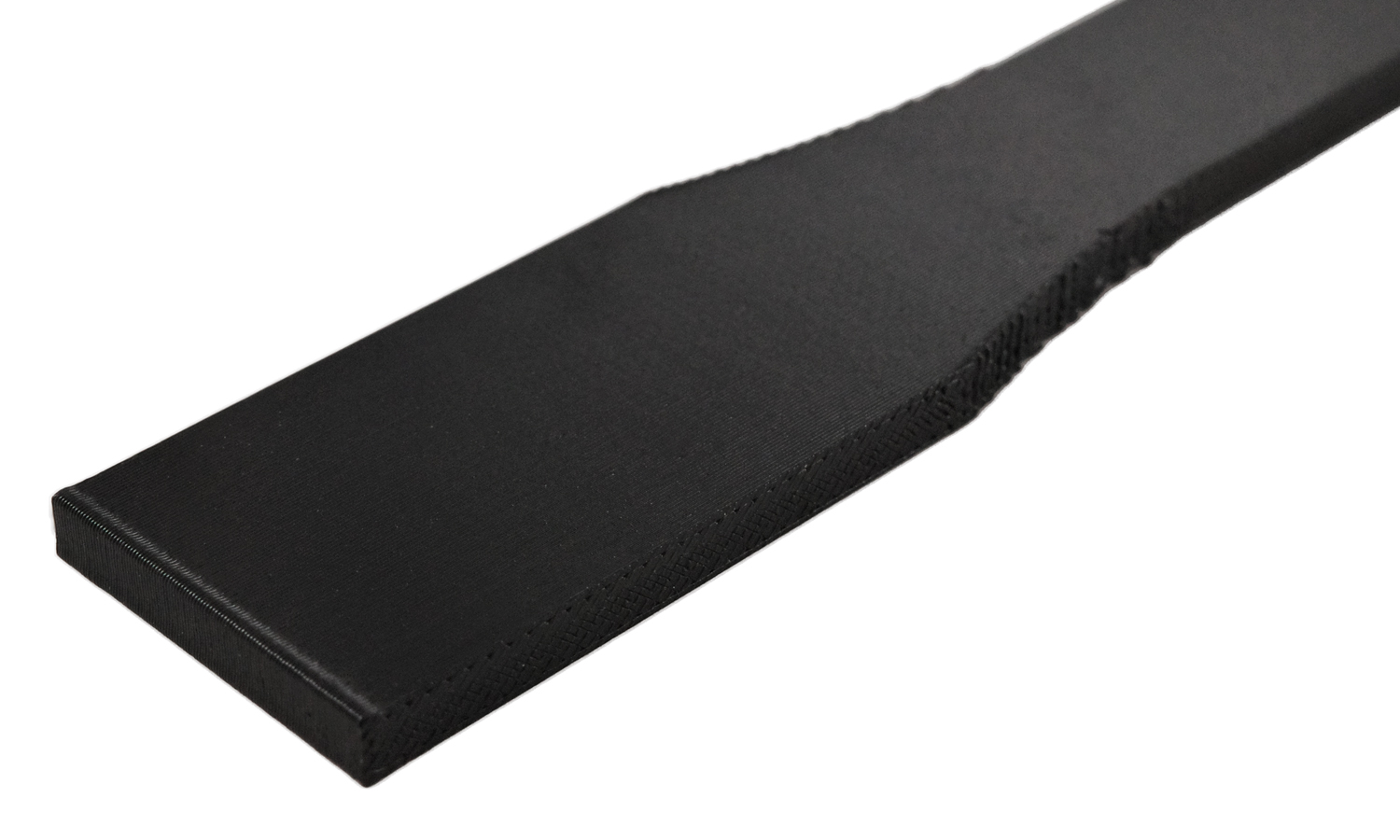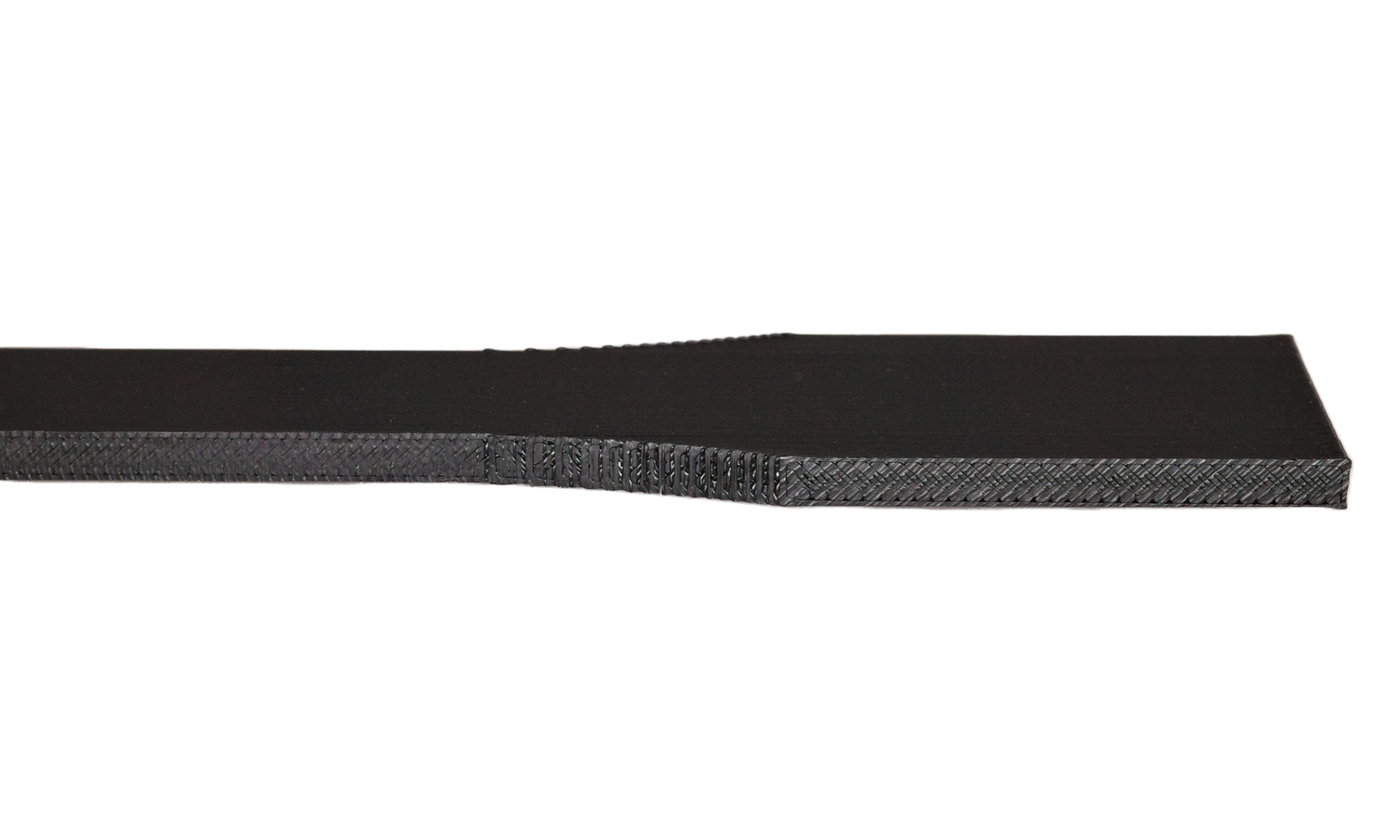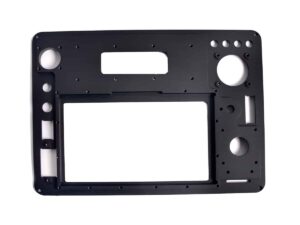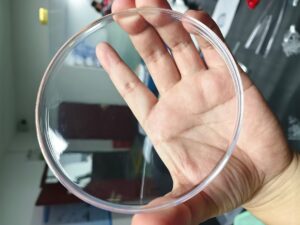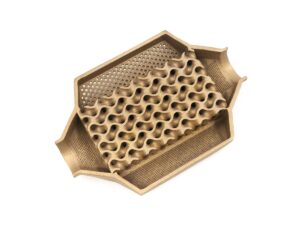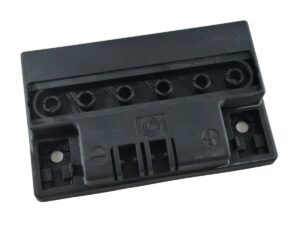Gallery
About Project
FDM 3D Print ABS-ESD7 Sample Strip is a product that demonstrates the capabilities of FDM 3D printing technology and ABS-ESD7 material. FDM 3D printing is a process that extrudes melted thermoplastic filament layer by layer to create a solid object. ABS-ESD7 is a type of ABS material that has electrostatic dissipative (ESD) properties, which means it can prevent static electricity buildup and discharge. This is useful for applications that involve electronic components or sensitive equipment.
The sample strip has a unique shape that showcases the strength and accuracy of FDM 3D printing. It has two wider ends and a thinner middle, which creates a curved profile. The surface of the strip is smooth and glossy, with very thin visible layer lines. The strip also has a consistent color and texture throughout, which indicates a high-quality print.
If you are interested in FDM 3D printing and ABS-ESD7 material, you may want to check out FacFox's ABS-ESD7 manufacturing services. FacFox is an online platform that offers various 3D printing solutions, including FDM, SLA, SLS, DMLS, and more. You can upload your design, choose your material and specifications, and get an instant quote. FacFox has a global network of certified manufacturers who can deliver your parts with fast turnaround time and low cost. FacFox also provides quality assurance, customer support, and post-processing options. Whether you need prototypes, end-use products, or anything in between, FacFox can help you turn your ideas into reality.┬Ā
Solution
- Step 1: A spool of ABS-ESD7 filament was loaded into an FDM 3D printer. ABS-ESD7 is a type of ABS material that has electrostatic dissipative (ESD) properties, which means it can prevent static electricity buildup and discharge.
- Step 2: The nozzle of the printer was heated to the melting point of the filament, which is around 260┬░C.
- Step 3: The design file of the sample strip was uploaded to the printer and sliced into layers by a software program. The sample strip has a unique shape that showcases the strength and accuracy of FDM 3D printing.
- Step 4: The printer extruded the melted filament through the nozzle and deposited it layer by layer on a heated build platform. The extrusion head moved along the X, Y and Z axes according to the predetermined path of the design. The printer used fans to cool down the material after each layer.
- Step 5: The printer repeated this process until the sample strip was completed. The final product had a smooth and glossy surface, with no visible layer lines or defects. The strip also had a consistent color and texture throughout, which indicated a high-quality print.
- Step 6: The sample strip was removed from the build platform and post-processed if needed. Post-processing options for FDM 3D printing include sanding, polishing, painting, gluing, or coating.
